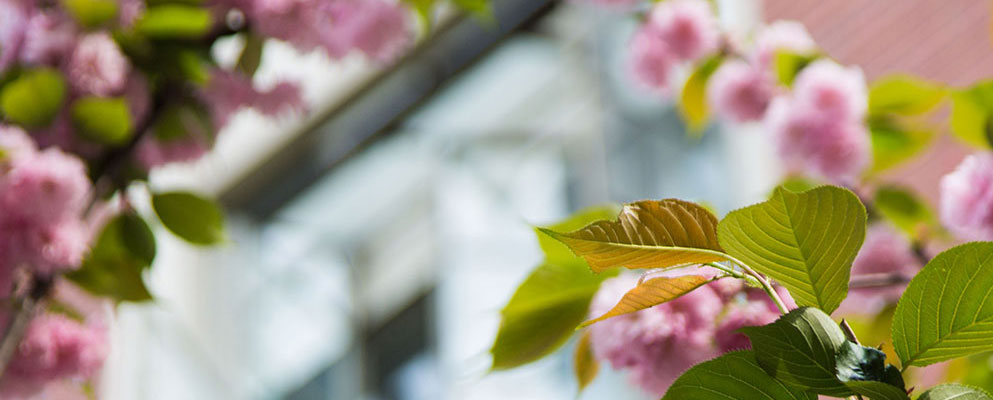From August 25 to September 5, 2025, four undergraduate nursing students from Shanghai Jiao Tong University (SJTU) School of Nursing successfully participated in the two - week summer program at the National University of Singapore (NUS). This program is one of the important projects for multi-dimensional international exchanges in Nursing between SJTU and NUS. Since its launch two years ago, it has won high praise from teachers and students of both sides, and built an international platform for students to learn and communicate. The implementation of this program has received support and funding from the International Exchange Office of SJTU School of Medicine. During this program, students not only attended theoretical courses, but also conducted clinical observations and field visits, which greatly enhanced their professional awareness and broadened their international horizons.
Anatomy Course at NUS
The anatomy class at NUS focused on the human cardiovascular system and adopted an integrated model of "theoretical explanation + specimen observation". First, the instructors explained heart structure using whiteboard diagrams. Then, they guided students to observe the blood vessels in the heart, abdominal cavity, limbs, head and neck using gross specimens, following the order of the theoretical lecture. Interactive questioning was incorporated to reinforce students' understanding. This "synchronization learning and practice, combination sensory and rational understanding"approach offers valuable insights for students'future professional learning and medical knowledge dissemination.
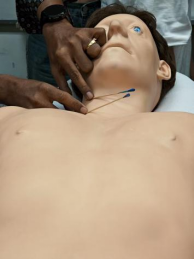
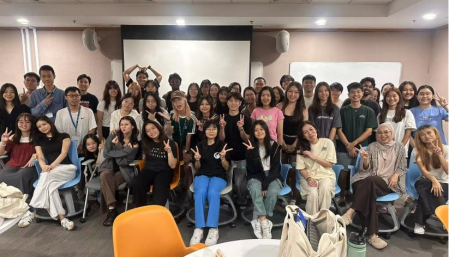
Medical Humanities Course: Leadership and Management
The medical humanities course Leadership and Management focused on the cultivation of nursing management skills,primarily through group case analysis and role-playing.Instructors encouraged active discussions by prompting students to recall prior knowledge and highlightening key case details.They also shared real-world nursing management cases based on their clinical experience, emphasizing that clinical practice requires adherence to nursing processes and effective communication with head nurses. This course helped students recognize differences in nursing management between China and Singapore. It also reinforced the importance of grounding practice in local contexts and adopting an inclusive mindset toward cultural diversity in future work.
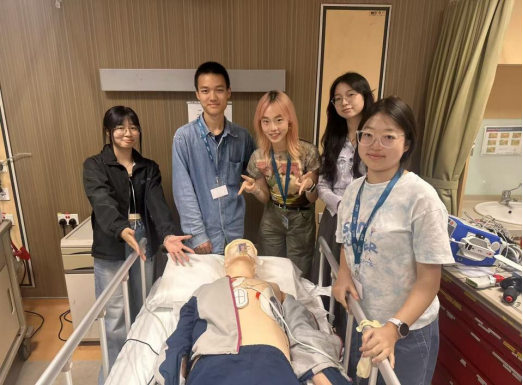
Visit to St. Lukes Active Aging Centre (CARE)
A visit to Singapore’s St. Lukes Active Aging Centre (CARE) showcased the country’s distinctive elderly care service model.Center staff explained that activities are tailored to the cognitive abilities of elderly participants, who attend the centre daily from 10 a.m. to 5 p.m.Through interactive activities --such as Q&A sessions and ball-throwing games--students learned how to boost the elderly's mental engagement and sense of well-being. In addition, facilities such as handicraft classrooms, mahjong tables and rooftop gardens reflected a holistic focus on the physical and psychological needs of the elderly.Faculty and students also discussed elderly care models across different cultural backgrounds, comparing global elderly care systems and practical strategies for addressing population aging.
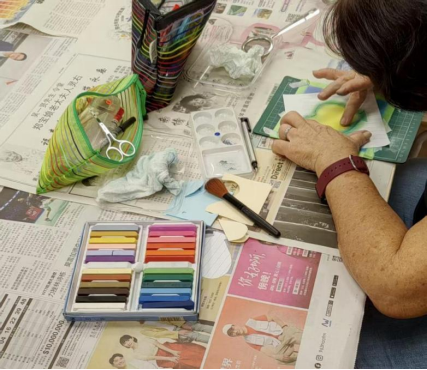
Cultural Experience: Harmony in Diversity Gallery
The cultural experience took place at Singapore’s Harmony in Diversity Gallery, established by the Singaporean government in 2016 as part of the national "Community Cohesion" program. The gallery uses advanced multimedia interactions to foster understanding and respect among social groups. After learning about the historical roots of Singapore's multireligious landscape, students explored the historical inheritance and modern integration of religions, including Buddhism, Taoism and Islam,through the gallery’s interactive exhibits. Two key features stood out: Virtual Simulations of Everyday Conflicts and theYouth and Inclusive Society section, which addresses doctor-patient trust building. These elements brought the concept of "social harmony" to life, allowing visitors to appreciate Singapore’s expertise in multicultural governance and gain new perspectives on integrating medical humanities with community health.
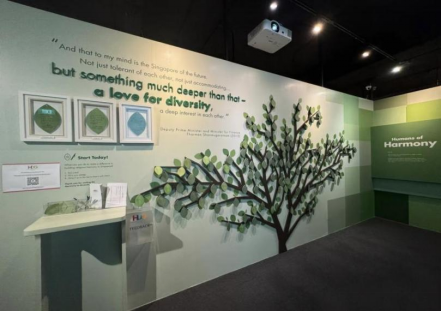
————Students' Reflections————
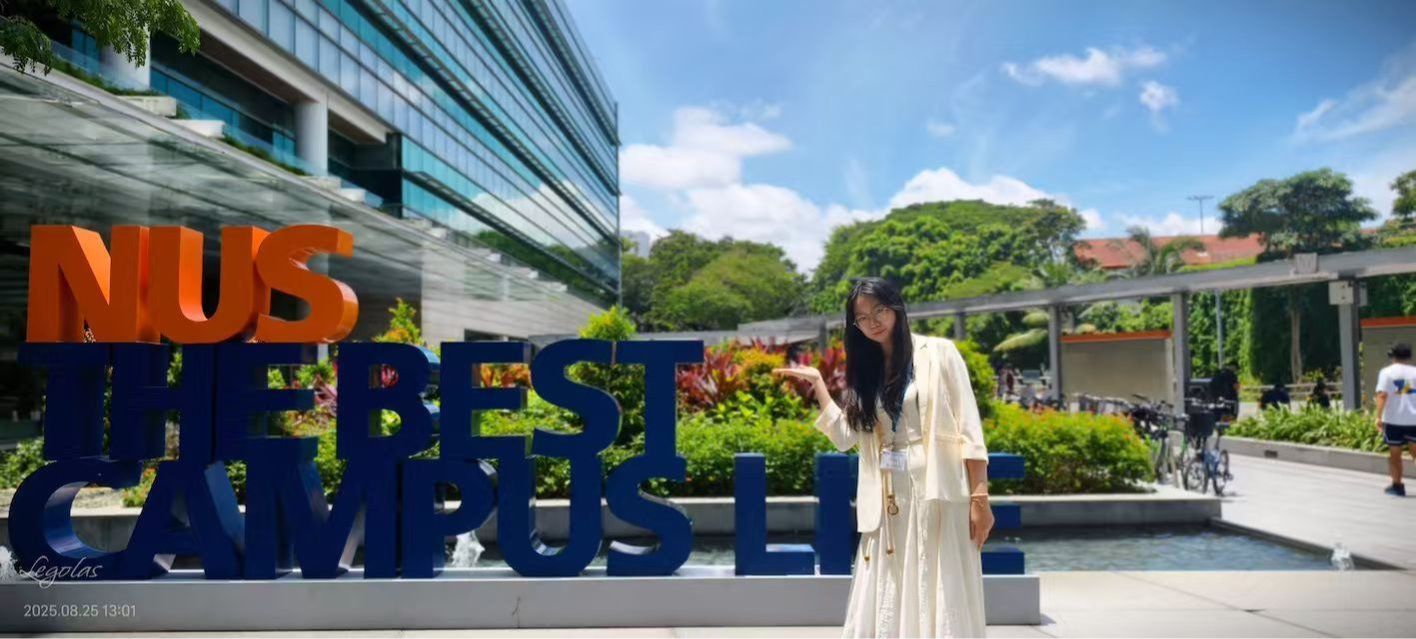
DENG Rou
This NUS program deepened my understanding of the concept of "harmony without uniformity". The gallery’s interactive simulations let me experience religious dialogue firsthand, teaching me that respecting differences and seeking common ground is key to resolving conflicts. This aligns with the "patient-centered" philosophy in medical education: when caring for patients from diverse backgrounds, we must not only provide treatment but also understand their cultural and belief-based needs. This experience made it clear that cross-cultural communication skills are not just for sociologists—they are essential for future medical practice. I would like to express my sincere gratitude to the SJTU School of Medicine and SJTU School of Nursing for organizing this program, which gave us the opportunity to learn from a cross-cultural medical perspective. It has strengthened my commitment to integrating humanistic care and community engagement into my future medical career. As a medical student, I aim to apply these insights in clinical practice and strive to become a nurse with both strong professional skills and a humanistic approach.
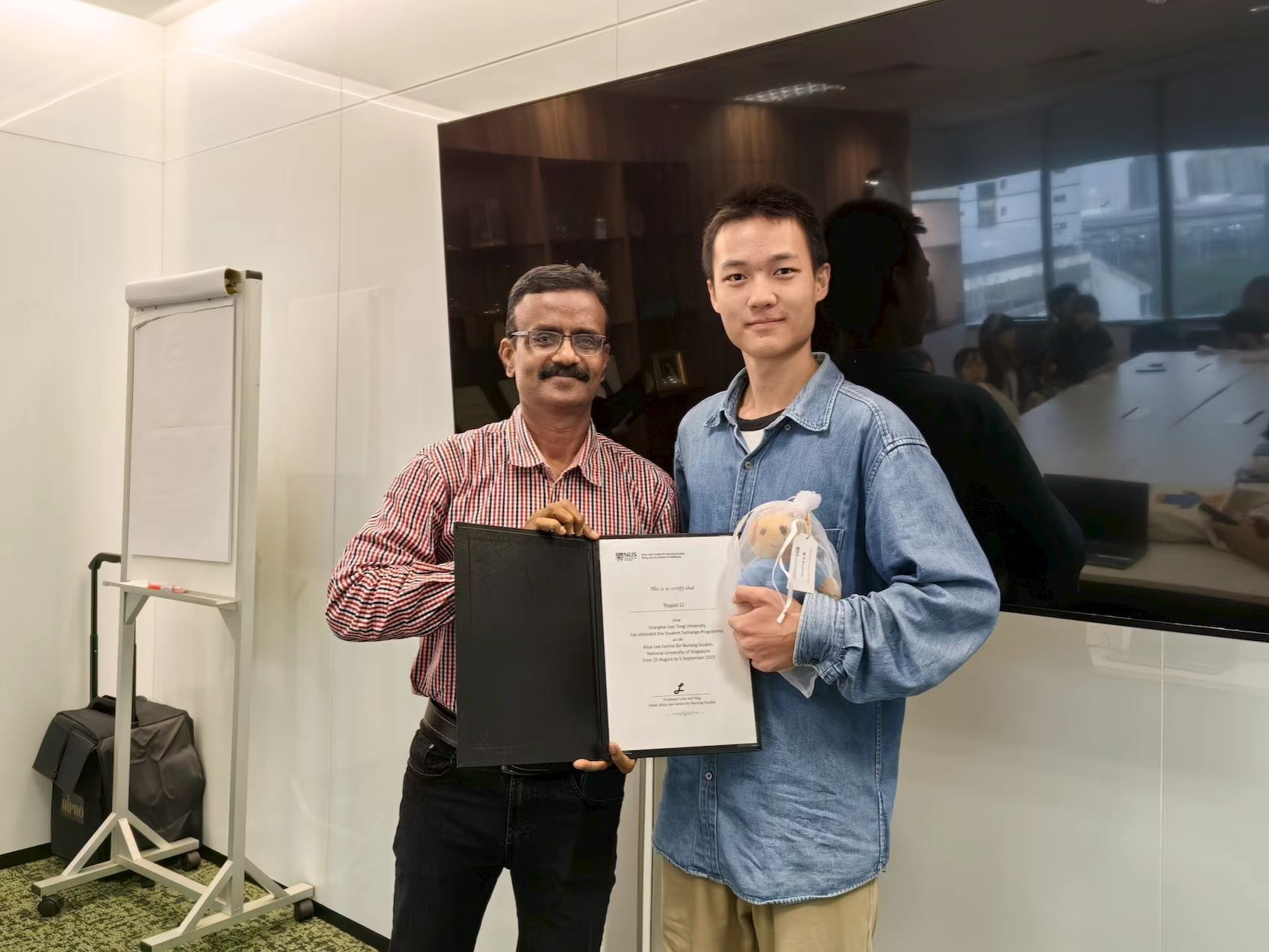
LI Yuyao
The most impactful aspect of my NUS experience was the combination of theoretical teaching and practical observation—it brought me great value. In China, classes typically involve students sitting in rows, with instructors lecturing while students listen and take notes. There is little interaction, such as questioning or discussion. In Singapore, however, instructors ask frequent questions to encourage active student participation. Students sit in a more relaxed arrangement, creating a lively atmosphere. Moreover, theoretical knowledge is immediately followed by hands-on observation of actual anatomical structures, which deepens learning and avoids the gap between memorization and practice. This has inspired me: if I have the opportunity to teach in the future, I will introduce this teaching method in China. I am deeply grateful to the SJTU School of Nursing for providing this chance to study and live at a foreign university, and to NUS for its warm and thoughtful hospitality. This experience allowed me to enjoy a unique learning environment and form warm, cheerful friendships with classmates—memories that will be precious throughout my college years.
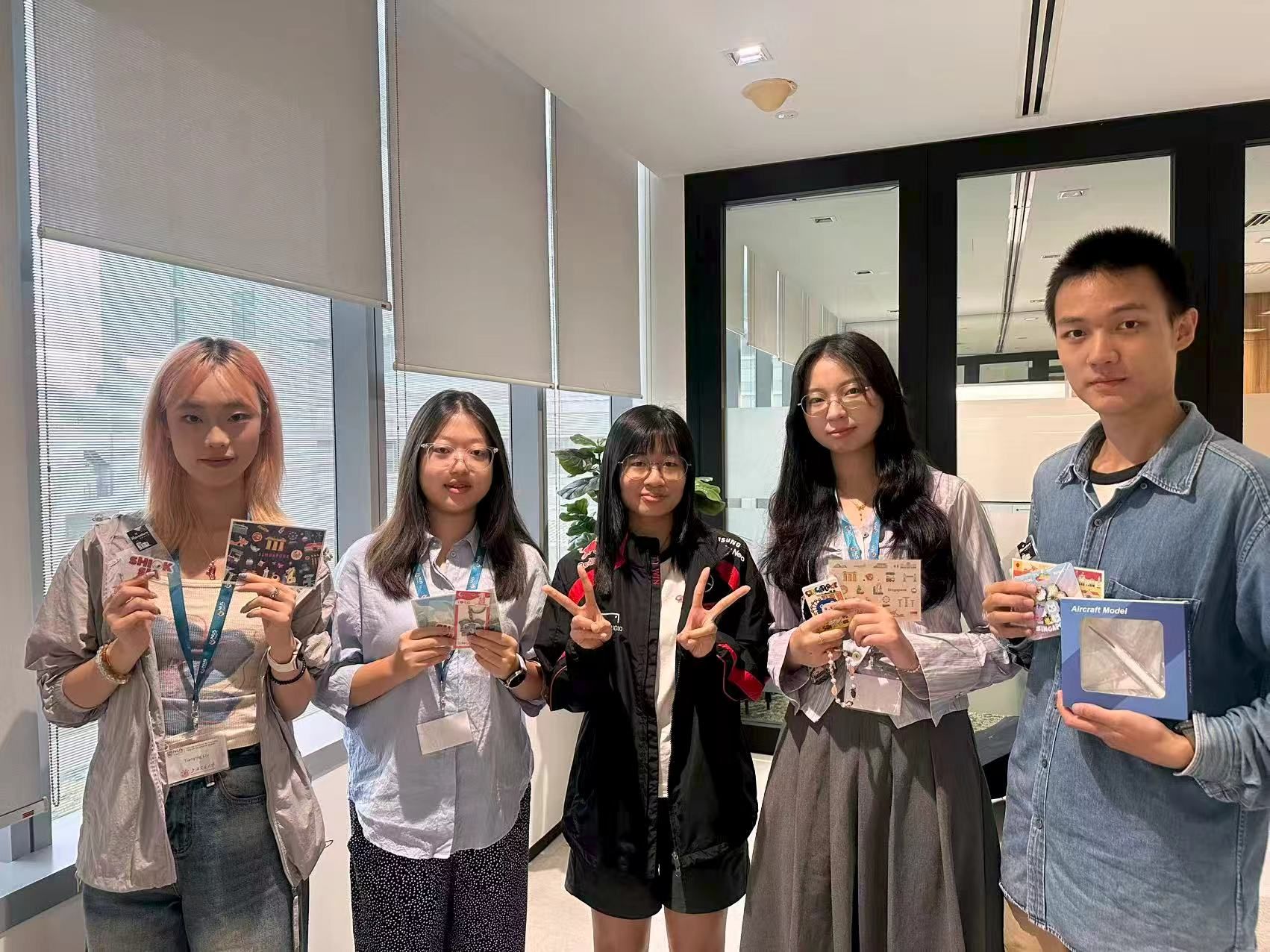
HUANG Rongchen
This NUS exchange program has been incredibly rewarding. Over two weeks, I not only experienced NUS’s academic and campus culture but also gained insights from its distinct teaching models. Beyond classroom learning, field visits helped me develop a deeper understanding of Singapore’s advanced healthcare system and immerse myself in the local culture. Conversations with faculty and students from diverse national backgrounds fostered cross-cultural ideological exchanges. This experience has not only broadened my global perspective but also given me a more profound and comprehensive understanding of the nursing profession. I would like to thank the SJTU School of Nursing for this valuable learning and exchange opportunity, and the faculty for their careful organization. This unforgettable, meaningful experience—with its multidimensional innovations in healthcare and education—will provide new momentum for my future career development.
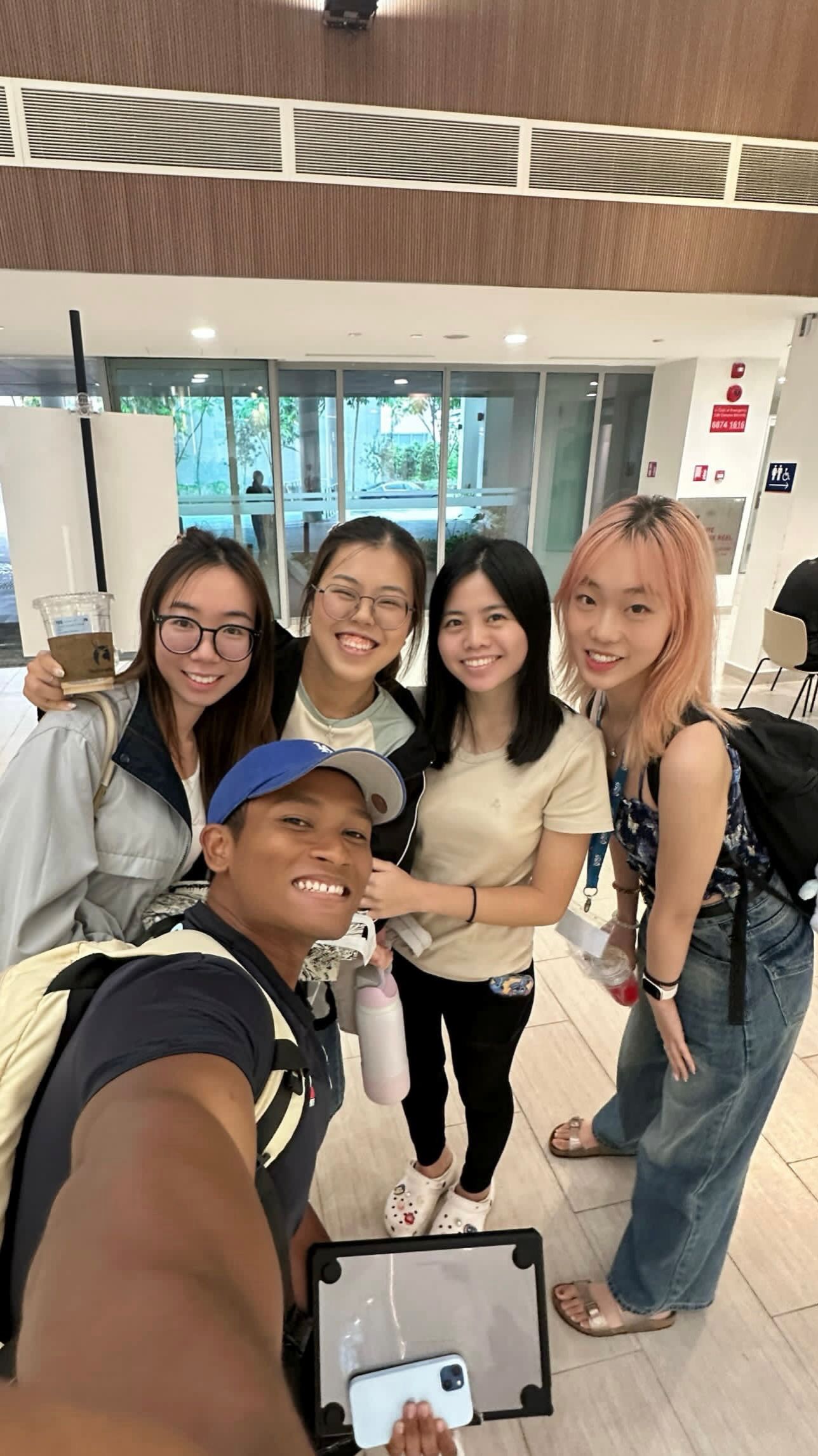
LIU Tianying
I gained valuable growth in multiple areas during this NUS program. Academically, I experienced more diverse teaching models: classrooms featured tangible teaching aids, and professors taught from lesson plans rather than relying solely on PPTs—this increased interaction. Despite limited class time, I was able to memorize knowledge efficiently. Culturally, Singapore—with its multi-ethnic population—offered many new experiences. In just two weeks, I explored the blended cuisine, festivals, and lifestyles of ethnic groups including the Chinese, Malays, and Indians. Despite differences in ethnic background and religion, people here understand and support one another, creating Singapore’s unique cultural identity. The success of this program would not have been possible without the careful organization and planning of SJTU School of Nursing faculty. I am grateful to the school for this precious learning and exchange opportunity, which has broadened my global horizons and helped me gain both knowledge and personal growth.
———— Relevant Information ————
NUS is a world-class university, ranked 8th globally and 1st in Asia in the QS World University Rankings. Its nursing discipline is ranked 20th worldwide (2nd in Asia) . Since the launch of China’s 14th Five-Year Plan, SJTU and NUS have collaborated on a series of influential initiatives to advance international nursing education cooperation.
2-Week Undergraduate Summer Program
This program enables students to travel to NUS in summer for:
Short-term theoretical course training
Laboratory visits
Tours of local Singaporean hospitals and community health centers
Cultural exchange activities to connect with local faculty and students
Each year, four undergraduate nursing students are selected to participate in this two-week program.
4+1 Undergraduate-Master Joint Program
This program aims to cultivate high-level, innovative, and socially responsible international nursing professionals with:
Broad academic knowledge
Strong practical skills
Basic research capabilities
A global perspective
The program follows a 4-year undergraduate + 1-year overseas master’s structure. Students are admitted through China’s national college entrance examination (Gaokao) and complete their undergraduate studies at SJTU. In the 3.5th year of their undergraduate program, they participate in a selection process organized by NUS. Qualified students proceed to pursue a master’s degree at NUS. Since its launch, the program has completed two admission cycles, with a total of 37 students enrolled.



